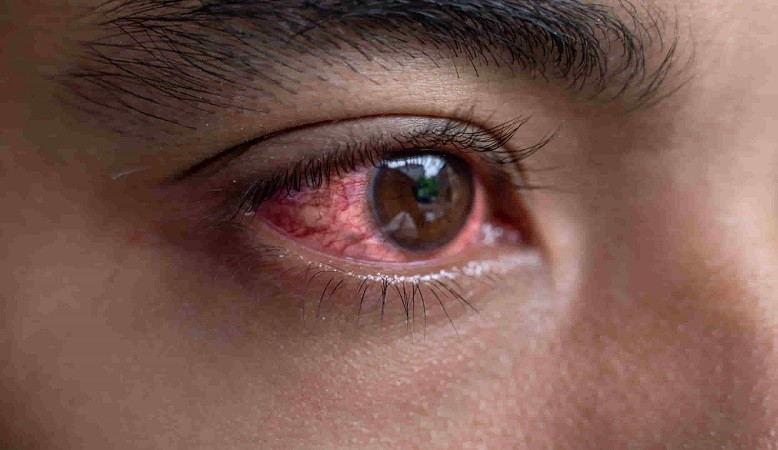
The rainy season brings respite from the scorching heat of summer, but it also comes with its fair share of health challenges. One common ailment that tends to affect people during this time is "Eye Flu," medically known as conjunctivitis. This highly contagious eye infection can spread rapidly and cause discomfort and inconvenience. In this article, we will explore the symptoms, causes, preventive measures, and effective treatments for eye flu during the rainy season.
I. Understanding Eye Flu (Conjunctivitis): Eye flu, or conjunctivitis, is an inflammation of the conjunctiva, the thin, transparent membrane covering the white part of the eye and the inner surface of the eyelids. It can be caused by various factors, including viruses, bacteria, allergens, and irritants. During the rainy season, the increased humidity and stagnant water create favorable conditions for the transmission and spread of the infection.
II. Symptoms of Eye Flu in Rainy Season:
Redness: The whites of the eyes become reddish or pinkish due to the inflammation of blood vessels.
Itching: Patients often experience intense itching in the affected eye(s).
Watery Discharge: The eyes may produce a clear, watery discharge, especially in viral conjunctivitis.
Yellow or Greenish Discharge: Bacterial conjunctivitis may cause a thick, yellow or greenish discharge.
Grittiness: The eyes may feel gritty, as if a foreign particle is trapped in them.
Sensitivity to Light: Photophobia, or sensitivity to light, is a common symptom.
Swelling: The eyelids may become puffy and swollen.
Tearing: Excessive tearing can occur, leading to further discomfort.
III. Preventive Measures:
Prevention is always better than cure, especially when dealing with contagious infections like eye flu. Here are some preventive measures to minimize the risk of contracting or spreading the infection during the rainy season:
Hand Hygiene: Regularly wash hands with soap and water, especially after touching the eyes or face.
Avoid Touching Eyes: Refrain from touching or rubbing your eyes, as this can spread the infection.
Personal Items: Avoid sharing towels, handkerchiefs, and eye makeup products with others.
Keep Surroundings Clean: Ensure your surroundings are clean and free from dust and allergens.
Protect Your Eyes: Wear sunglasses or eye protection to shield your eyes from rain and pollutants.
IV. Treatment Options for Eye Flu:
The appropriate treatment for eye flu depends on the cause of the infection. It is essential to seek medical advice for an accurate diagnosis and tailored treatment plan. The following are common treatment options:
Artificial Tears: Lubricating eye drops can provide relief from dryness and discomfort.
Antibiotic Eye Drops or Ointments: If bacterial conjunctivitis is diagnosed, a course of antibiotic eye drops or ointments may be prescribed by a healthcare professional.
Antiviral Medications: For viral conjunctivitis, antiviral medications may be recommended.
Allergy Medications: In cases of allergic conjunctivitis, antihistamine eye drops or oral medications can be beneficial.
Warm Compress: Applying a warm compress to the affected eye(s) can help alleviate swelling and discomfort.
Cold Compress: A cold compress may help reduce itchiness and redness.
Eye flu during the rainy season can be a bothersome and contagious condition. By understanding the symptoms, preventive measures, and treatment options, individuals can protect their eyes and seek timely medical attention if needed. Maintaining good hygiene and avoiding contact with infected individuals can significantly reduce the risk of contracting this common eye infection. Remember, prevention and early intervention are key to ensuring a swift and complete recovery from eye flu.